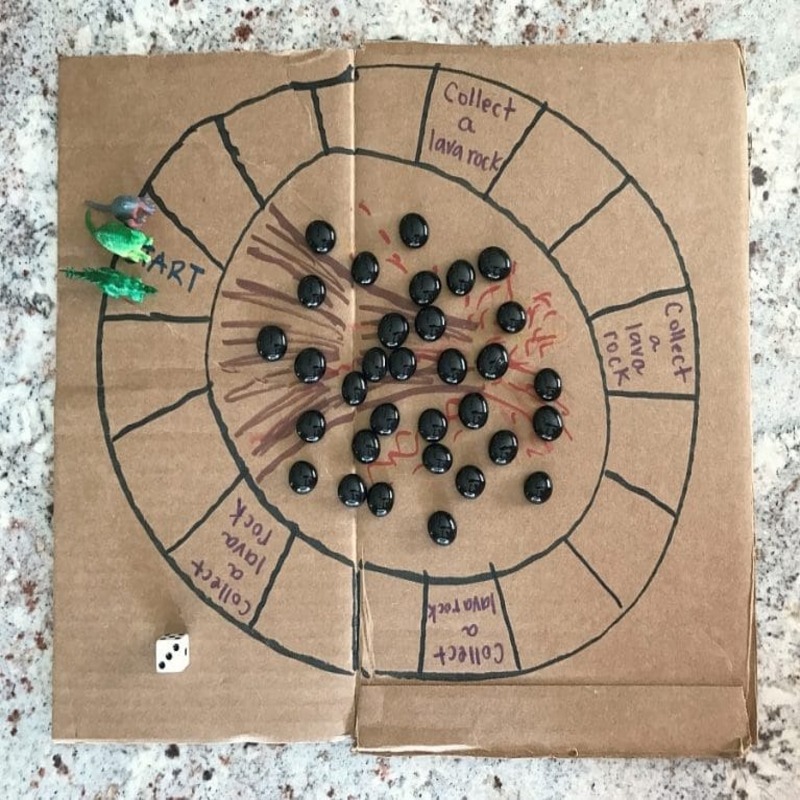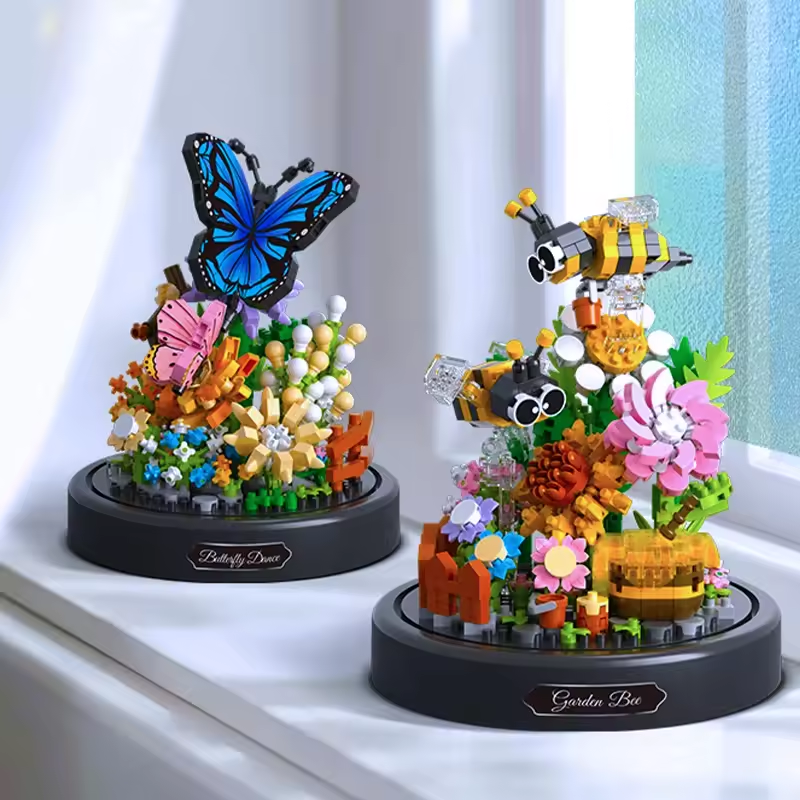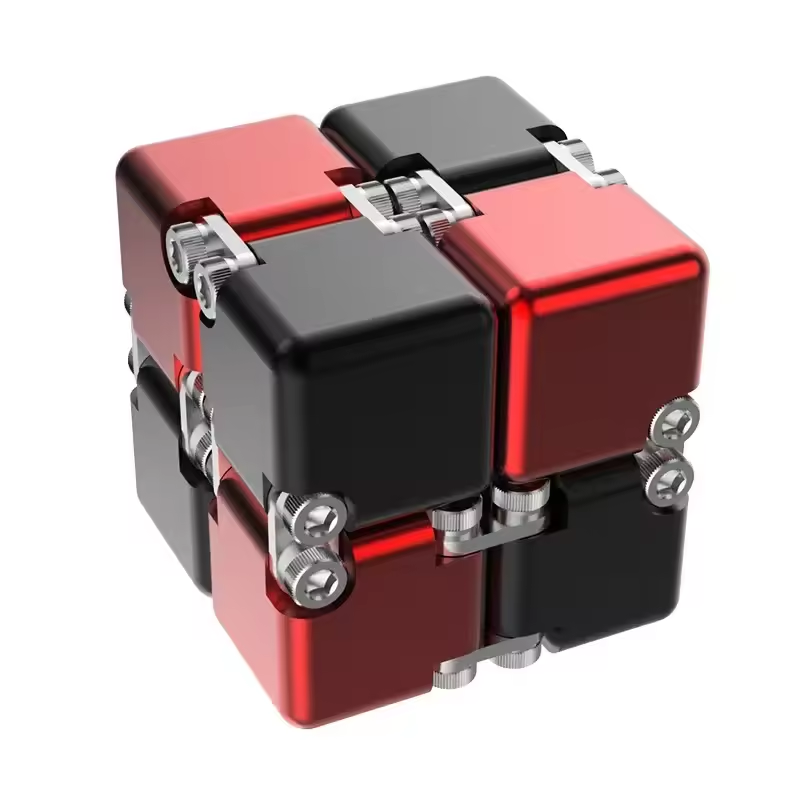Brainstorming Game Concepts
When creating a board game at home, brainstorming is the first crucial step. Begin by considering the type of game you enjoy. Do you like strategy, trivia, fantasy, or adventure? Use your interests as a seed for your homemade board game ideas. Next, think about what makes your favorite games engaging. Is it the competition, the chance to be creative, or the social interaction? Keep these in mind as you sketch out concepts. Write down any ideas, no matter how rough they might be.
This process often sparks even better concepts. Consider different player dynamics. Will it be cooperative, competitive, or solo play? Aim for uniqueness in your game’s objectives and challenges. Perhaps integrate a unique element that is not commonly found in other games. Remember, diversity in board games is key; don’t be afraid to mix genres. For example, blend mystery with history or science fiction with resource management. Finally, think about the time frame. Do players have ten minutes or two hours? Your game’s length can shape its appeal and accessibility. By completing this brainstorming activity, you will lay a solid foundation for your homemade board game.
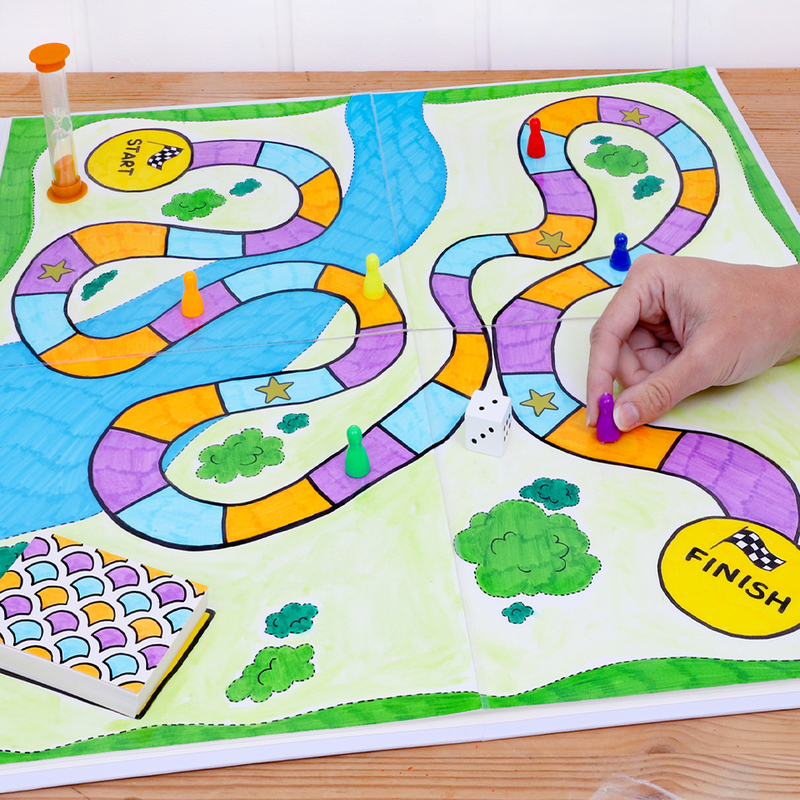
Designing the Game Mechanics
Once you’ve brainstormed your homemade board game ideas, designing the mechanics is your next step. Game mechanics are the rules and procedures that guide how players interact with the game. Start by determining the core mechanics that will drive your game. Ask yourself, does it involve dice rolling, card drawing, or strategy planning? These elements form the backbone of the player’s experience.
Consider the flow of the game. How will turns progress? Will players act simultaneously or take turns? The flow dictates the pace and can create suspense or urgency. Balance is also essential. Ensure no player has an unfair advantage and that the game remains challenging yet winnable. Create a prototype using simple materials. It can be as easy as pen and paper. This prototype will help you see how mechanics work in real-time.
Your game should have clear objectives. What is the end goal? How do players achieve it? Is there just one way to win, or are there multiple paths to victory? Having various options can increase replayability. Lastly, consider the element of chance versus skill. Games with a mix of both often appeal to a wider audience. Keep refining your mechanics, always aiming for a fun and engaging gameplay experience.
Creating a Compelling Theme
Once your game mechanics are in place, it’s time to give your homemade board game a compelling theme. A theme can make or break a game’s success, as it wraps all the mechanics in a narrative that pulls players in. The theme of your board game should resonate with the target audience and create a world they’re eager to dive into.
Identify what stories appeal to your intended players. Do they favor fantasy, historical, futuristic, or real-life settings? Choose a theme that meshes well with the mechanics you’ve designed. For instance, if your game involves building and resource management, a theme about constructing a civilization could work well. If the game is about strategic battles, a war-based theme might be better suited.
Don’t forget to weave in elements that enhance the theme. Use imagery and language that flesh out the world. A detective game might have clues and case files, while a space adventure could include planets and spaceships. These thematic elements should support the objectives and playstyle of the game.
Consider how the theme can influence the look and feel of the board and the pieces. If the theme is intricately linked to the game’s mechanics, the overall experience for players will be much more immersive. If you’ve created a mystery game, for example, design the board to look like a city with various locations to explore.
Lastly, a unique theme can set your board game apart from others. Don’t shy away from unconventional themes or mashups of different genres. A board game about time-traveling pirates, for example, can be just as engaging as a classic dungeon crawler. Creativity will make your homemade board game ideas truly stand out.
Building the Game Board and Pieces
Once you have your homemade board game ideas, mechanics, and theme well-thought-out, focus on building the game board and pieces. This stage brings your game to life physically and is critical for engaging players.
Start by deciding on the board’s size and shape. Consider the space needed for gameplay and player interaction. A foldable board can be great for easy storage, while circular or non-traditional shapes can add a unique twist.
Next, think about the game pieces. You might opt for simple tokens or pawns. Or maybe you’ll design detailed miniatures. Ensure that the pieces are easily distinguishable and relate to the game’s theme.
The material for your board and pieces is also important. Sturdy cardboard is a good choice for homemade games. If you’re skilled at crafts, wood or plastic could offer more durability and a professional look. You can use markers, paints, or printed labels to add color and detail.
Lastly, don’t forget about the practical aspects. Pieces must be easy to move and handle. If they’ll be held or passed around often, consider their size and weight. Make sure everything fits well on the board and that the setup is intuitive.
Creating your board and pieces might require some trial and error. Don’t hesitate to revise as you find what works best for your game. Once your board and pieces are ready, you’re closer to sharing your game with others.
Writing Clear Game Rules
Clear game rules are essential for a smooth play experience. They guide players through the gameplay without confusion. When writing rules for your homemade board game, simplicity is vital. Start by outlining the basic objective. What must players do to win? Keep this explanation straightforward and to the point.
Next, describe the setup. How should players arrange the board and pieces? Order the steps in a logical sequence, so setting up is hassle-free. Detail how a typical turn should go, including actions players can take. Use bullet points or numbered lists for clarity.
Rules should also cover any special circumstances. What happens if a player breaks a rule? How will disputes be settled? Be fair and consistent in your explanations. Include examples of common situations, so players understand how to apply the rules.
Finally, end with the conditions for winning the game. Whether it’s reaching a certain score or achieving a specific task, make sure it’s clearly defined. Re-read your rules several times. Trim any unnecessary words or complicated phrases. Test them with others who haven’t played the game yet. Use their feedback to refine your wording.
Remember, well-crafted rules make for an enjoyable game that players will want to return to again and again.
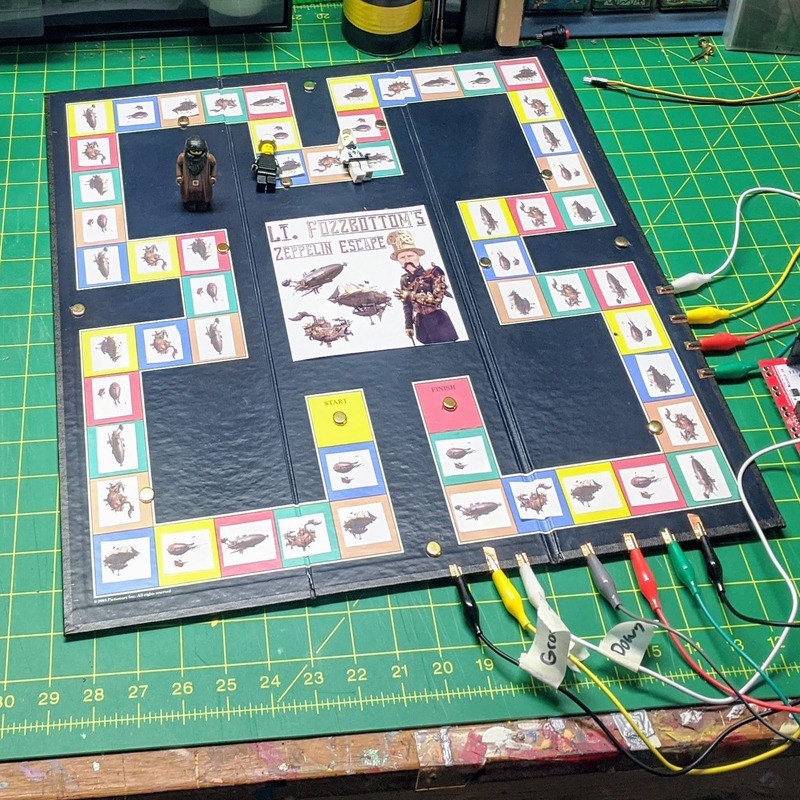
Testing Your Board Game with Playtesters
After crafting your game with care, testing is the crucial next step. This phase is about getting feedback. Gather a group of testers who represent your target audience. These can be friends, family, or even members of board game communities. Let them play your homemade board game. Watch them, but do not interfere. You will learn how players understand rules and interact with game components.
Explain the objective: Start by telling playtesters the game’s goal. Keep it short. Make sure they grasp the end-game conditions.
Observe the gameplay: Take notes on how the game flows. Do playtesters show signs of fun or frustration? Are the mechanics smooth or confusing? Pay close attention.
Ask for honest feedback: Encourage honesty. Positive comments feel good, but constructive criticism is more valuable. Ask specific questions. What did they like? What confused them?
Focus on clarity: If players repeatedly stumble over the same rule, the issue likely lies there. Clarity in game rules is critical. Take note of these hurdles.
Test multiple times: One test is not enough. Test with different groups to see consistent patterns. This helps to pinpoint strengths and weaknesses in your game.
Thanks to your testers: Always thank your playtesters. They are helping to improve your homemade board game. Consider their suggestions carefully. With their help, you are refining your game towards perfection.
Testing with playtesters is about evaluating how your game works in a real-world setting. It’s your chance to make changes before the final version. Take this step seriously, and your game will benefit greatly from it.
Making Revisions Based on Feedback
After playtesting your homemade board game, the time to refine it has arrived. Listen to feedback. Both praise and criticism are valuable. Players might suggest tweaks to rules or design that could enhance the game. Note down their input carefully.
Adjust the game mechanics: If playtesters found certain rules complex, simplify them. Or, if a mechanic didn’t work as intended, rework it. Always aim for smooth and engaging gameplay.
Revise the theme and story: Make sure the theme resonates well. If feedback indicates a mismatch, modify the narrative or visuals. Consistency between theme and play is crucial.
Improve board and pieces: Look at durability and aesthetics. If players had issues with the quality or the look of the board and pieces, consider other materials or designs.
Clarify the rules: Eliminate ambiguities. Make the instructions easier to follow. If necessary, rewrite parts for better understanding.
Iterate with prototypes: Create revised prototypes after major changes. This helps you see the impact of your updates.
Use players’ insights to craft a better board game. Your goal is a balanced, fun, and attractive game. Revisions are part of the process. Embrace them as steps towards success. Make your homemade board game ideas come to life through continuous improvement.
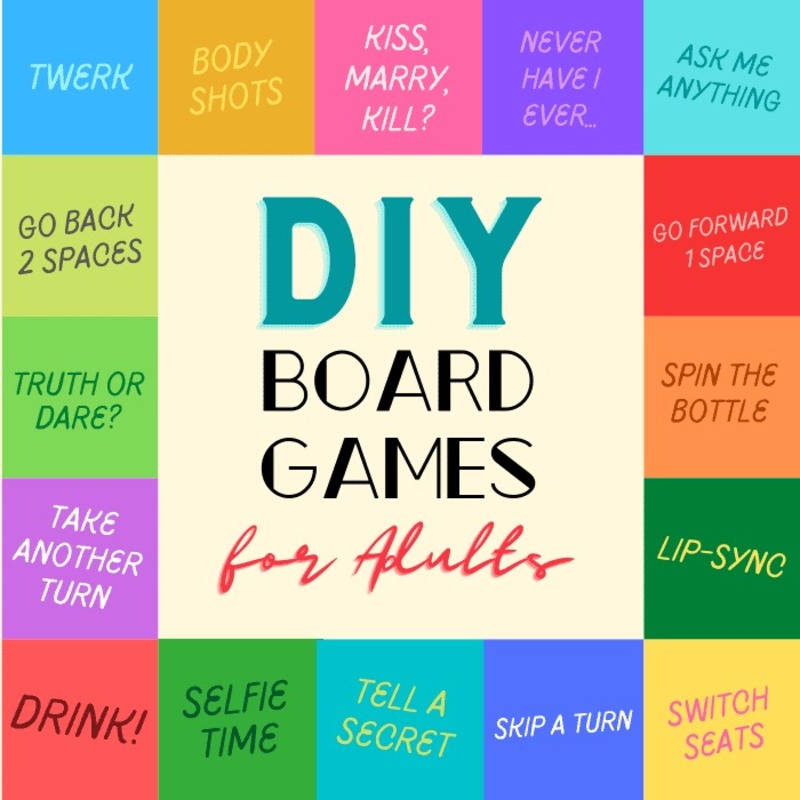
Tips for Producing Physical Components at Home
After finalizing your homemade board game ideas and revisions, it’s time to produce the physical components. Here are some practical tips to help you bring your game to life in a cost-effective and creative way at home.
Choose the right materials: Start with materials that are easy to work with. Cardboard, paper, and foam boards are great for prototypes and can be easily cut to shape.
Invest in a good cutter: A sharp craft knife or a pair of scissors will make cutting shapes easier and more precise.
Print professionally: For cards and board images, use a high-quality printer. You can print at home or use a local print shop for a professional touch.
Laminate for longevity: Laminating cards and paper components will protect them from wear and tear, making your game last longer.
Customize game tokens: Use everyday items as game pieces or customize them with clay, wood, or plastic. Get creative!
Test durability: Your components should withstand gameplay. Test them to ensure they don’t bend or break easily.
Storage matters: Consider how you will store and package your game. Zip bags or custom boxes can keep components organized.
Keep improving: Even after you start producing components, be ready to tweak them based on feedback or new ideas.
With these tips, you’ll be able to produce appealing and durable physical components for your homemade board game. The aim is to create a game that not only is fun to play but also stands the test of time and use.
